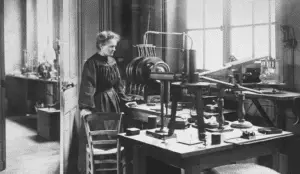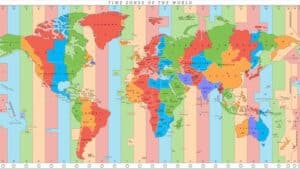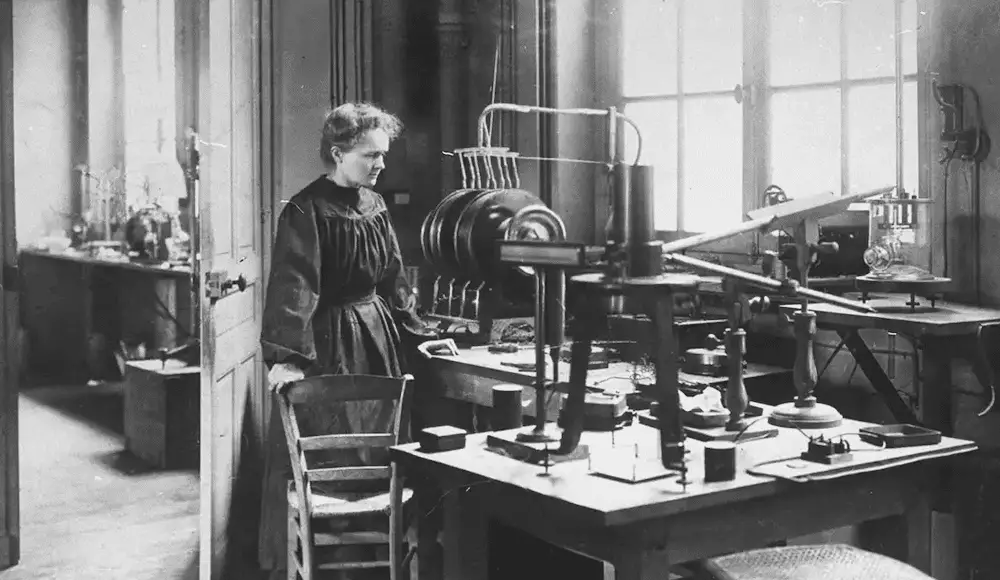How are space photos taken? What does space really look like?
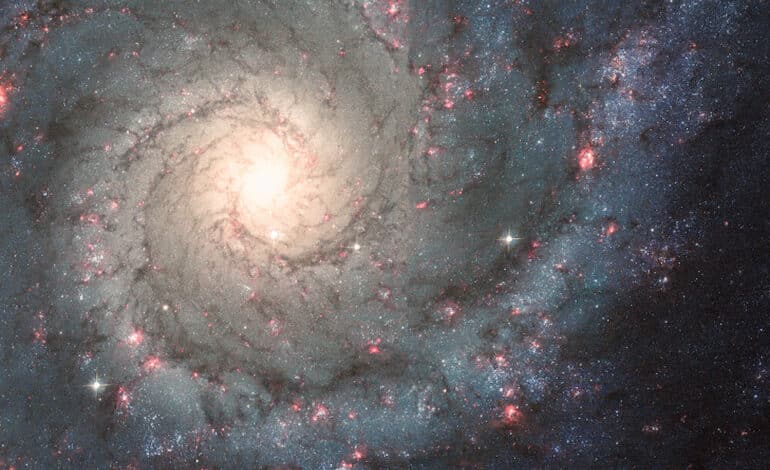
Only recently, we’ve got the right tools to look deeper into the space. But does space really look like the space photos we see on the Internet?
Imagining the cosmos
Imagine the enormous Universe in which the entire Earth with the whole of humanity is but a tiny undetectable speck. People have been doing just that for thousands of years.
For quite a while, we relied only on our eyes, regular observations, and calculations. Then, about 60 years ago, we made the first trip to space, and the lucky few experienced space first-hand.
But the big breakthrough that allowed us to take a closer look happened a bit earlier: the telescope entered the stage in the early 17th century.
Galileo Galilei is often credited with the invention, although he only built upon the technology that had already existed. However, his version could magnify objects about 20–30 times, which was a lot.
Additionally, Galileo was the first to aim the telescope into the starry sky, leading to crucial astronomical discoveries and shaping our understanding of the Universe for ages to come.
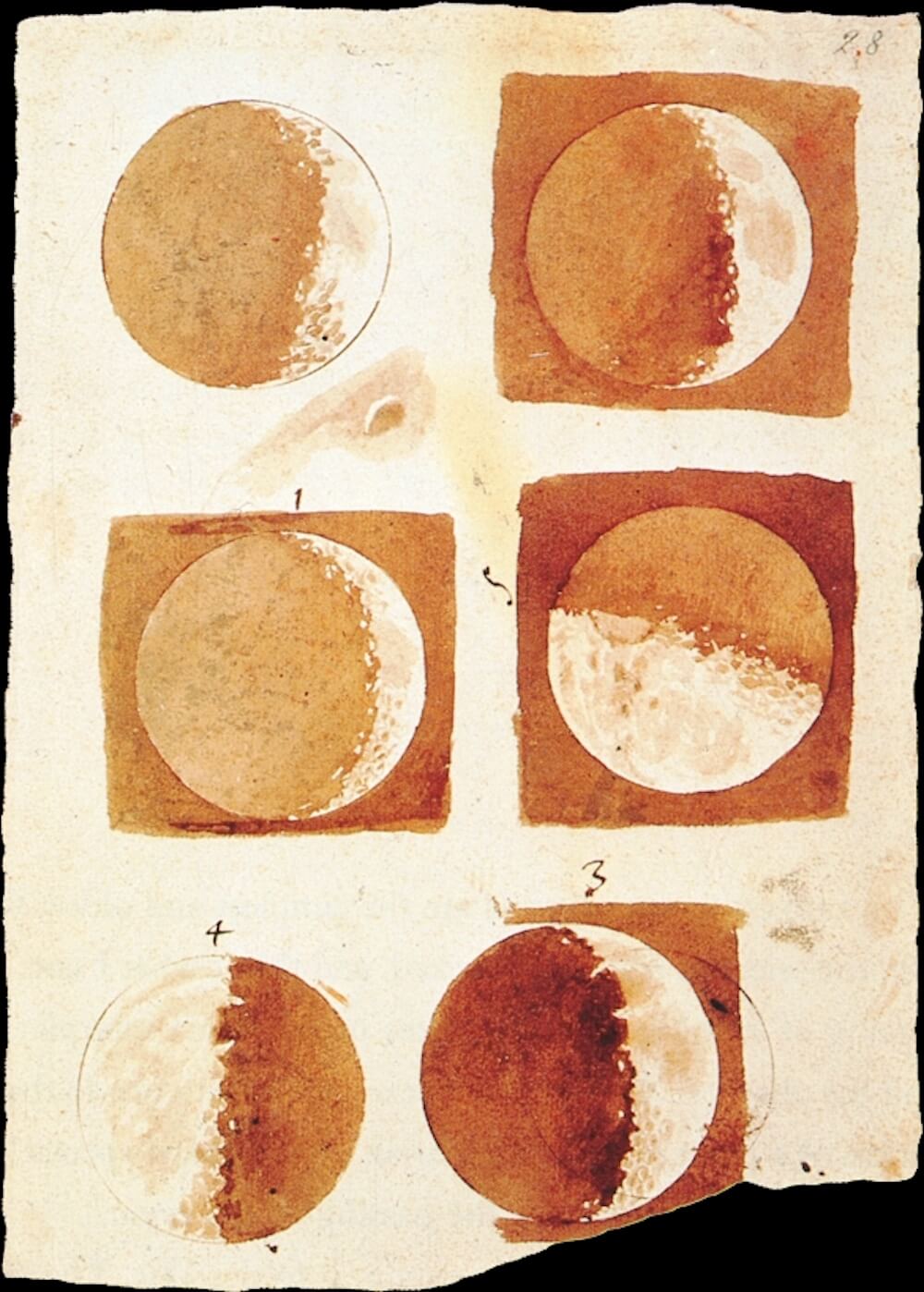
Most of us base our mental image of the vast Universe on movies, video games, sci-fi books, and firstly—on images released by NASA. You’ve certainly seen colorful and bright depictions of planets, stars, black holes, interstellar gas clouds, and galaxies.
Is space as colorful in reality as we see it in the pictures? Let’s figure it out.
Next up, we’ll discover which tools we rely on to get images of the Universe and find out how space looks. What are the most powerful telescopes? How does science put color and imagination into space pictures?
The machines that let us see the Universe and make space photos
Nowadays, we can watch the Universe almost constantly. The machines equipped with powerful telescopes and digital cameras take pictures of objects near and far. Let us briefly go through the list of technologies developed to see space closer.

Satellites are objects in space orbiting larger objects (but not stars): think the Moon circling the Earth. Artificial satellites usually orbit the Earth. They may provide us with TV signals, communications, data for GPS, scientific observations, and monochrome images of the planet’s surface.
Probes are spacecraft that don’t have a human crew. They too often have cameras and telescopes that collect space data. The first probe, Sputnik 1, was launched in 1957 to study Earth from space. Since then, space probes have completed numerous missions. Perhaps the most famous are Voyager 1 and Voyager 2, launched in 1977 to explore the distant planets of the Solar system and are now bound for interstellar space.
Rovers are robotic machines that explore the surface of other planets: namely, Mars. They deliver pictures and other scientific observations.

In terms of gazing deep into the Universe, telescopes have no equal. They have become much more powerful than Galileo’s. However, they still use the same principle of collecting electromagnetic waves from distant objects.
The waves of light we can see (we also say visible light) are also part of the electromagnetic spectrum — but there are many other types of waves. Essentially, they are all the same light that comes in different frequencies.

There are different types of telescopes able to work with different types of waves: for example, optical telescopes work with visible light, radio telescopes catch radio waves, and so on. The most powerful of them can capture objects billions of light-years away. A light-year is a distance light travels in one year. When we look at faraway objects, we see how they were all those years ago, when the light only started its journey in our direction. So technically, we can see back in time.
The most powerful telescope on Earth to see space and make space photos
Currently, the largest telescope on Earth is FAST, also known as Eye of Heaven. The 500-meter spherical radio telescope in southwestern China was built in 2016. It provides observation time to scientists worldwide.

Keck Observatory on top of Mauna Kea mountain in Hawaii was launched by Caltech and the University of California in 1993—it was the largest optical telescope of the time. Its twin telescopes are 10 meters in aperture each.

The Large Binocular Telescope also has two optical lenses combined into an effective aperture of 12 meters. Located on the mountain in Arizona, it was built jointly by the US, Italy, and Germany in 2004.

ALMA (Atacama Large Millimeter Array) is an interconnected system of 66 radio telescopes. It is located in the Atacama desert in Chilean Andes at an altitude of 5 km.

The problem with telescopes on Earth, however, is that the atmosphere blocks and scatters some of the light coming from afar. So to get a clearer view, we set telescopes in space.
The Greatest Space Telescopes to deep dive into space
Those stunning stellar space photos you’ve seen in the media were most likely taken by Hubble. Launched in 1990, it wasn’t the first space telescope in orbit but has certainly become the most important and well-known.

Flying 547 km above the Earth, it completes a full orbit every 97 minutes. The 13-meter long spacecraft was named after the famous astronomer Edwin Hubble. It has sensors that detect light on a wide spectrum: from ultraviolet, through the visible, to nearly infrared. From 1990 to 2021, Hubble has delivered over 1.4 billion observations of our solar system and faraway galaxies. They have been featured in more than 18 000 scientific papers, transforming our perception of the Universe and ushering in many unprecedented cosmic discoveries.
Although constantly renovated and upgraded over 30 years, Hubble is aging. The telescope is expected to serve for at least five years or a bit more until it completely wears out.
The successor is ready. The James Webb telescope was launched in December 2021.
These two great telescopes are not entirely similar. The James Webb Telescope focuses on the infrared part of the spectrum, whereas Hubble covers ultraviolet wavelengths. However, India and China’s space telescopes might cover that gap in observations that might occur after Hubble’s retirement.
Still, the long-awaited James Webb launch is critical. It is the largest, most powerful, and complex telescope ever put in space. The James Webb Space Telescope has a greater sensitivity than any other space telescope. Different focus and longer wavelengths allow it to look deeper into the beginning of time and inside planetary systems and stars that are only beginning to form.

Its huge mirror is covered in gold. Gold is a perfect material as it increases the reflectivity of infrared light significantly better than other materials. Spacecrafts with telescopes work practically non-stop, looking deep into the open Universe. But how do we receive their observations on Earth? Deep Space Network is the largest and most sensitive scientific telecommunications system in the world that transfers data from space telescopes, satellites, and probes. It works through radio antennas.
What does space look like? Space photos: science or art?
Since telescopes often catch waves invisible to the human eye, the raw data coming from deep space telescopes will likely be illegible to an untrained person.
For example, Hubble delivers space pictures in black and white, and they are quite faint because of the distance. However, astrophotography no longer uses film: telescopes and satellites are equipped with digital cameras—the raw data they produce is a sequence of numbers that correspond to certain colors.
Another NASA space observatory, Chandra works on the X-ray range; radio telescopes capture radio waves. When their images are decoded, we can look at the images we could never see with a naked eye. Space telescopes and satellites can produce images using only one filter (frequency range) at a time.
At this stage, astronomers and astronomical artists start their work. To visualize a particular object, they take three monochrome images from different filters and assign them to the three primary colors: red, yellow, and blue. Then, they merge the sources into a composite image readable by the human eye.

After that, they make the image resemble reality as closely as possible with final touch-ups. Their job needs great scientific accuracy, but also a bit of creative imagination. According to astronomical artists, we may never know how well most of these space photos represent reality.
Astronomical artists are specialists in scientific illustration with a solid astronomical background. They often have a degree in astronomy or work closely with astronomers. Their goal is to create a catchy image and make science engaging for the general public. Still, the most important part is making the space image as realistic as possible and not changing how the space really looks like.
That is why astronomical art involves a lot of research. Sometimes the research part takes more time than actual drawing, says astronomical artist Ron Miller.

The most common question about the cosmos images is whether the colors are real. The answer is: “yes and no.” If we traveled to space and looked into the Hubble telescope, we wouldn’t see such colors. Our sight is simply incapable of catching all the colors of space.

Nevertheless, the space pictures we all like to dive into on the NASA website are very accurate. They depict the real distances, chemical compositions and the electromagnetic spectrum range in colors we’re accustomed to.

High-quality color space images are time-consuming and need a sharp eye to make them—but the result is totally worth it. Artists like Ron Miller, Zoltan Levay, Luis Calcada and others work behind the scenes of NASA, ESA and other space agencies. Their names might not be very well known but their works are famous.
Most of us have seen Pillars of Creation, Whirlpool galaxy, Sombrero galaxy, Butterfly nebula and various planets because of their work. That’s how outer space looks much more visually and, thus, a little bit closer.
Such a close connection between art and science is not a new thing: astronomical illustration has a long history. Galileo also sketched things he saw in his telescope and produced a collection of illustrations of his astronomical discoveries.
Since humans went into space and, especially after they launched super-powerful telescopes in orbit, picturing the universe is easier than ever. However, it remains an enigma. After all, scientists estimate that stars, galaxies, planets, and all the usual matter constitute only 4% of the Universe. Course block Course block
From early star maps to high-tech telescopes, our idea of what space looks like has changed dramatically. Curious how our everyday tools have evolved, too? Discover when wristwatches became part of daily life, explore how visual language shaped human understanding, or find out how GPS works.



